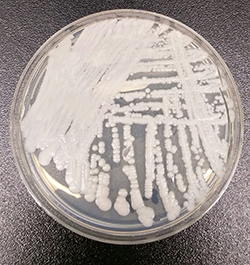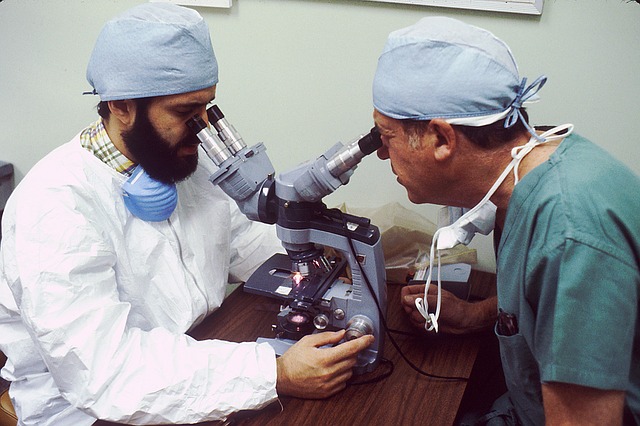You may have heard of Candida auris in the news, described as a “deadly superbug.” It sounds pretty scary, and there is legitimate cause for concern. However, it’s best to get the facts straight and understand who is at risk, and how to stay safe.
What is Candida Auris?
Candida auris, abbreviated C. auris, is a species of fungus. You might recognize the term Candida as the culprit in yeast infections. Candida infections of the mouth or genitals are not uncommon and much easier to treat. In contrast, invasive yeast infections like C. auris can infect the blood, heart, brain, eyes, or even the bones. It has caused bloodstream infections, wound infections, and ear infections.
Reported cases remain few and far between. However, an outbreak could prove catastrophic. Typically found in hospital or healthcare settings, C. auris can spread quickly. It causes serious bloodstream infections with a high mortality rate. About 60% of the people who contract it die, although their cases are usually complicated by other illnesses.
The worst part? It doesn’t respond to available treatments.
A Deadly MDR
The reason that the Centers for Disease Control (CDC) and other health organizations are so concerned about C. auris is that it’s considered an “emerging multidrug-resistant (MDR) yeast.” An MDR resists many drugs, including those most commonly available to treat fungal infections.
C.auris has been found in twelve countries. Until recently, there was only one confirmed case in the U.S., back in 2013. The CDC put out an alert to healthcare facilities in 2016, asking them to stay vigilant for the contagion. Their warning was well founded, as the disease struck New York in early 2017, with 28 confirmed cases. Other cases appeared in Illinois, Maryland, Massachusetts and New Jersey.
According to the CDC, “Specialized laboratory methods are needed to accurately identify C. auris. Conventional laboratory techniques could lead to misidentification and inappropriate management, making it difficult to control the spread of C. auris in healthcare settings.”
Some victims carry the pathogen without becoming sick. Combine these factors with a host of other potential pathogens found in hospitals, and you can see why identifying C. auris gets complicated.
As I’ve reported before, overuse of antibiotics leads to resistance. The same applies to antifungal drugs. As a pathogen gets more exposure to a drug, it adapts to avoid destruction. That’s how we get “superbugs”.
Who Is At Risk?

Unfortunately, people most likely to come in contact with C. auris, i.e., those in healthcare facilities, are also the ones with a higher risk for infection already. A weakened immune system, or otherwise weakened body, increases susceptibility. Furthermore, surgery, a catheter, breathing tube or feeding tube can introduce the infection into the body. People using broad spectrum antibiotics or antifungals, diabetics, and those living in nursing homes are also at increased risk.
How Can You Protect Yourself?
First, remember the disease is extremely rare–at least for now. There is no need to panic, but it’s a good idea to use precautions.
- If you are spending time in a hospital or care facility, don’t be afraid to ask questions about how they are guarding against infection. They should be able to reassure you that they are following the CDC’s recommendations.
- Ask whether any patients in the facility currently have C. auris.
- If you visit someone in a hospital or care facility, wash your hands thoroughly with soap. Do not always rely on hand sanitizers alone, as these can actually increase risk for infection when overused.
- Speak up if you see a healthcare professional neglect to wash his or her hands.
- If you or a loved one is placed on an IV, ask whether it’s necessary. An IV can introduce infection into the body. If someone is well enough to take oral medications or fluids, they may not need an IV.
The Future of C. Auris
Scientists are sequencing the genome of different strains of the fungus to understand it better. They are also testing new antifungals and other potential treatments.
Pay attention to future news to learn whether any outbreaks appear near where you live and what is being done to address this disease. But for now, I suggest doing your best to stay healthy! As always, a well-balanced diet full of organic, whole foods, along with daily exercise, proper vitamin, mineral, and immune-boosting supplementation (as outlined in previous articles) does wonders to keeping your immune system strong!
—
Photo credits:
- Fotoshop Tofs / Pixabay.com
- Shawn Lockhart, CDC / Wikimedia Commons








